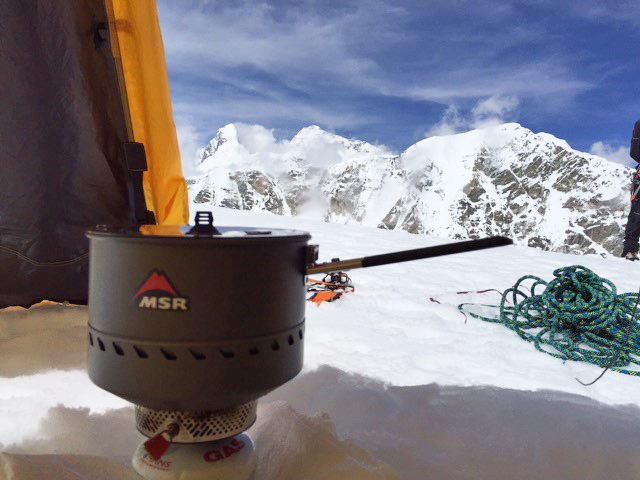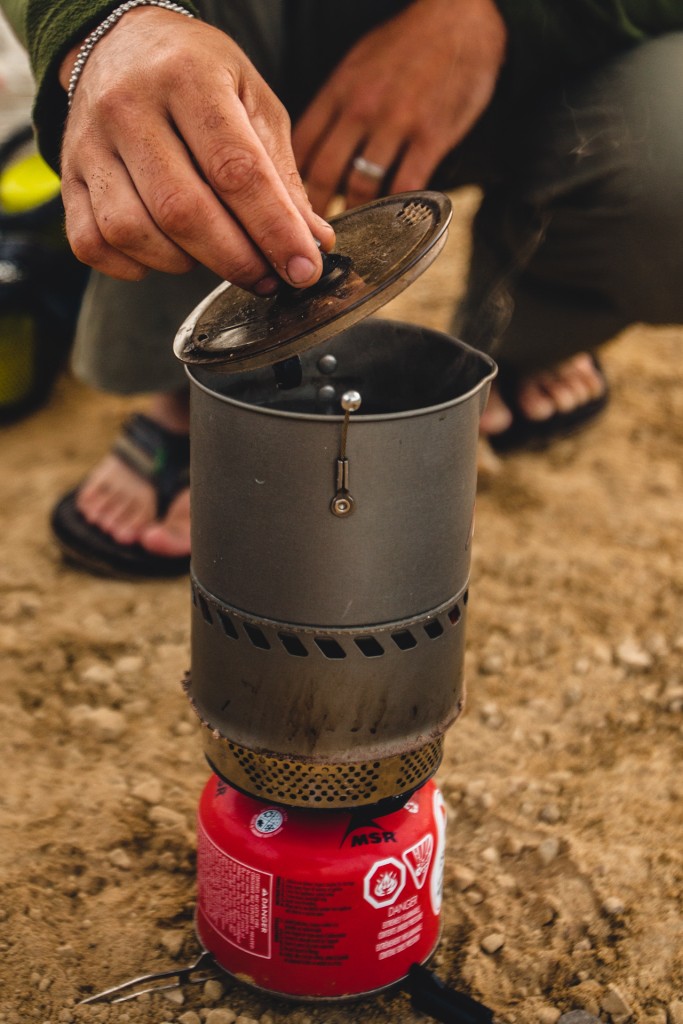Why does my fuel canister turn cold when I run my stove?

Ever notice how your canister turns cold as you run your stove? This is due to a phenomenon happening inside the canister as it’s sending fuel to your stove. The fuel inside these canisters is highly compressed. So most of it is in a liquid state; only a small amount remains as gas floating above the liquid. Before you turn on your stove, you can shake the can and feel the fuel sloshing around inside.

When you run your stove, you allow a small amount of this gas to escape. As it does so, the space it was occupying is replaced by more. The gas must be evaporated from the liquid and it takes a lot of heat to make the evaporation occur. This heat has to come from somewhere. If you run your stove slowly enough, like when you’re simmering, heat comes through the sides of your canister from the outside air, and the canister itself does not cool down much. But when you’re running your stove at max output, the heat can’t transfer through the canister fast enough and it ends up coming from cooling the liquid down. This makes the canister itself colder. This can also cause frost to develop on the outside in certain conditions.
And there you have it: the simple answer as to why your canister turns cold when you run your stove.
